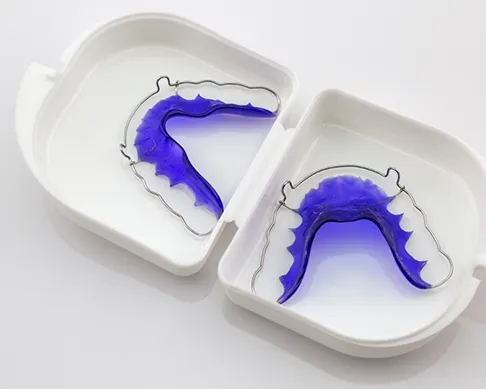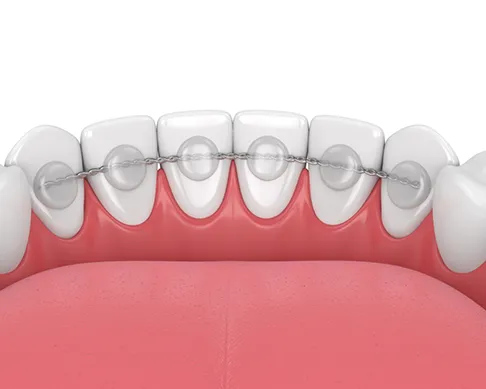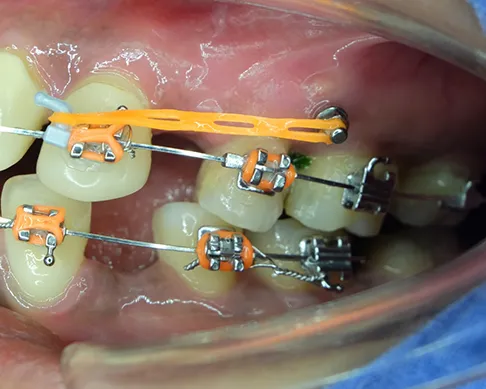Orthodontic Appliances Gilbert
Customized Devices for a Wide Range of Problems
When it comes to orthodontics, most people tend to think that braces and clear aligners are the only options available. While they’re certainly among the most popular, they’re far from being the only types that you or your family members can benefit from. Dr. Larson and our team are thrilled to offer various customized orthodontic appliances that are capable of tackling a very wide range of problems, meaning that no matter what your needs are, there’s an answer!

Why Choose Larson Family Orthodontics for Retainers & Oral Appliances?
- Knowledgeable Orthodontist with Years of Experience
- Advanced Dental Technology That Streamlines Treatment
- Various Customized Orthodontic Solutions Available
Types of Orthodontic Appliances

Removable Retainers
Tried and true, removable retainers have been around for quite some time, and no matter which type of orthodontic treatment you complete, chances are that you’ll likely need to wear one of these devices afterward. These small appliances have a very important job, as they help your teeth maintain their newly straightened positions for many years to come—assuming they’re worn regularly! Since they’re removable, they don’t really impact dietary preferences or oral hygiene habits.

Fixed Retainers
Fixed retainers are very similar to their removable counterparts, except that they’re not meant to be taken out! Instead, they’re bonded onto the tongue side of the front teeth following orthodontic treatment, where they’ll serve a similar purpose and ensure that your teeth stay in place indefinitely. They do make at-home hygiene a little trickier, but consistent cleaning and upkeep ensure that they’re able to function properly.

Temporary Anchorage Devices (TADS)
Shifting teeth around the mouth is sort of like moving a stick through sand on a beach. The sand moves aside as the stick is pushed through, and then fills up the space behind afterwards. In this analogy, the stick represents the teeth and the sand represents the gum and bone tissue, so adding a fixed point to serve as an anchor for the teeth makes the process much easier!
Temporary Anchorage Devices, called TADS for short, are screw-like posts made from titanium that are more-or-less smaller versions of dental implants. However, rather than being permanent, they’re temporary and instead remain in place during some months of orthodontic treatment. They provide a stable anchorage for orthodontic treatment and allow for tooth movement that can’t be achieved otherwise. The use of TADS can shorten overall treatment time, remove the need to wear elastics, and even sometimes eliminate the need for headgear or certain oral surgeries.
